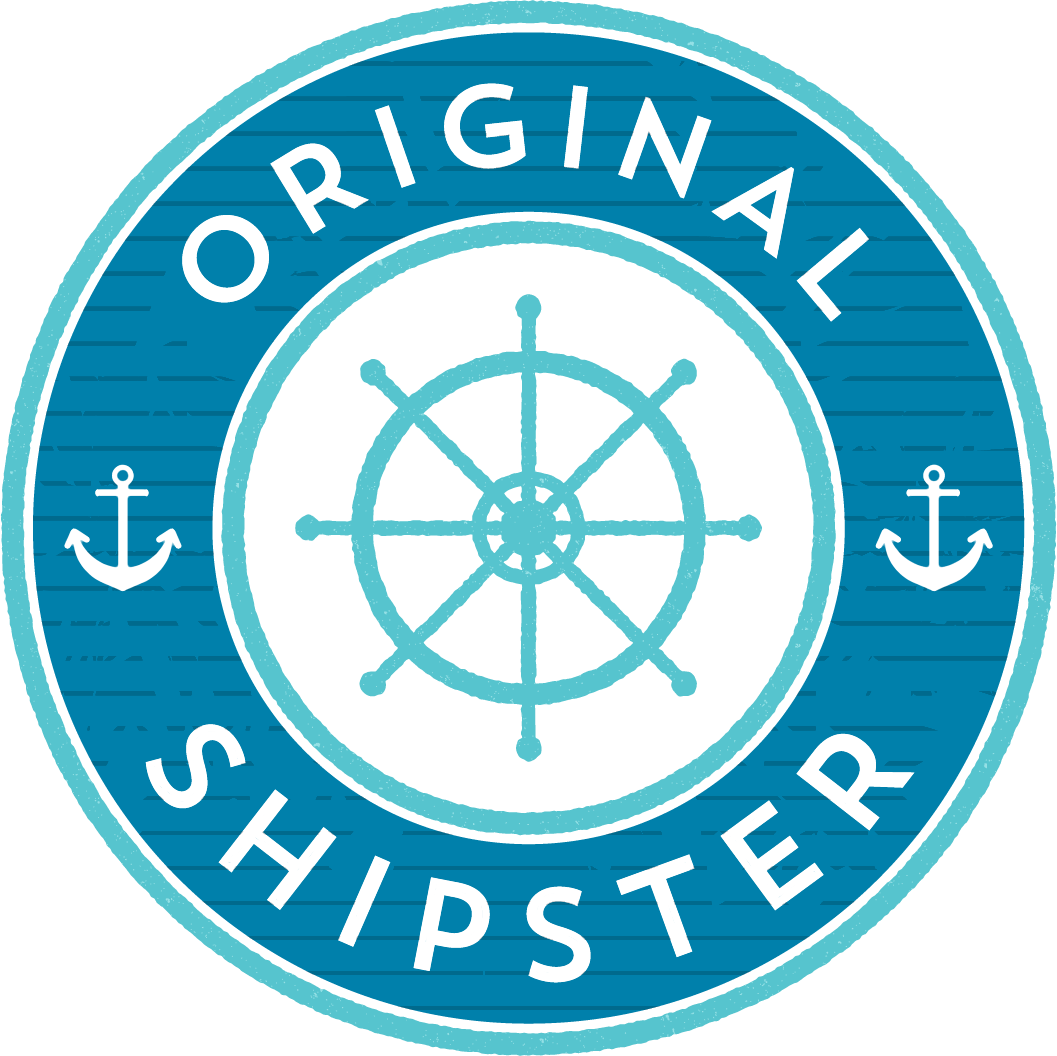Over the Waves: SS Anglo Saxon
Hi Everyone! I know it's been awhile so let's just jump right in, shall we? As I've discussed before, and many of you will know, ships were once the only way for people to travel from Europe to North America. In the early years of these routes, ships would be filled as much as they could with passengers, cargo, and crew. Most of the time, these ships would make fairly uneventful crossings. However, when things went wrong, they went very, very wrong. One of these, while en route to Quebec, Canada, ran aground off the coast of Newfoundland with a loss of more than half her passengers and crew. This week, we're looking at the wreck of the SS Anglo Saxon.
Nationality: British
Length: 86m
Beam: 10.7m
Draught: 4.9m
Weight: 1,700 tonnes
Speed: 13.5 knots
Crew: 85
Year: 1854
Ordered by J. & A. Allan & Co., in Glasgow and built by William Denny & Brothers in Dumbarton, Scotland, the SS Anglo Saxon slipped down into the waters of the River Clyde in 1854. She was put to work immediately, servicing the Liverpool - Canada line of the Montreal Ocean Steamship Company.
A reliable ship, she never encountered any issues and on April 16th, 1863 she pulled away from the dock in Liverpool harbour. Her captain, William Burgess, set a course for the mouth of the St. Lawrence River. The plan was to first try for the bustling port of Quebec City if the ice of the St. Lawrence had broken up and cleared the way. If not, Capt. Burgess would take the Anglo Saxon past the river and sail for Portland, Maine instead.
The first leg of the trip passes uneventfully. Strong winds fill the sails and push the ship along her course, carrying her closer to the shores of North America. She's slowed only once, around the 25th. Off the coast of Newfoundland, the Anglo Saxon encounters heavy fog and ice. Burgess slows the ship and crawls through the ice until, early on the 26th, she breaks free of the ice. Seeing clear water ahead, the Anglo Saxon quickens her pace, trying to make up for lost time.
On the morning of April 27th, fog settles in around the ship again. Burgess orders the ship to half speed and consults his charts. He and his First Officer determine that they should be roughly twenty-seven kilometres south of Cape Race. They altered the course accordingly, hoping to round the bottom of the Southern Shore of Newfoundland and head on towards the mouth of the St. Lawrence.
It didn't take long for them to realize their grievous error. Out of the fog, the rocky shores of Clam Cove loomed towards the ship. Burgess ordered the engines full reverse, but it was too late. The strong winds that had worked in the Saxon's favour as she had sailed were now working against her. They had stirred up a heavy sea, which crashed against the rocks and carried the Saxon with them.
Soon enough, she was thrust onto the rocks. The first swell carried off her rudder, stern-post, and propellor, leaving her at the complete mercy of the elements. The order was given for the two anchors to be dropped, hoping to keep the ship firmly on the rocks. The carpenter was sent below to check the damage, and the news he brought back was grim - the front of the ship was filling with water. Fast. The Chief Engineer soon came topside with the same news from the stoker hold. The valves were opened on the boilers to release the steam, and the order was given to abandon ship.
Quickly, the crew moved to get the lifeboats away, and managed to successfully launch all except two. Boats #1 and #3 were too close to the rocks on the port side of the vessel, and lowering them would have been far too dangerous. At the same time, some of the crew worked to set up a line from the ship to shore, and set some female passengers and children ashore via a basket along the line. 130 passengers were able to make it ashore, while four ships made it there safely.
Suddenly, the ship's stern slid out off the ledge she was on and into deeper water. Survivors that were on the deck made a run for the rigging, climbing up the foremast as the ship continued to list to port. The foremast collapsed, sending those desperate survivors into the cold water. Finally, the last of the Anglo Saxon was swamped by the seas and she disappeared into the deep, cold water.
The survivors stood, huddled along the cold shoreline. A four set off to a the Cape Race Lighthouse and a distress signal was sent: the Anglo Saxon had been lost and there were survivors to be retrieved. Two steamers - the tug Dauntless and the steamer Bloodhound arrived and brought the survivors to St. John's, Newfoundland and then on to their intended destination of Quebec.
In the end, the death toll was devastating. Of the 445 souls on board, 360 were passengers and 85 were crew. 238 of those perished in the sinking - 15 first class, 209 steerage, and 14 crew -never making it to their destination.
